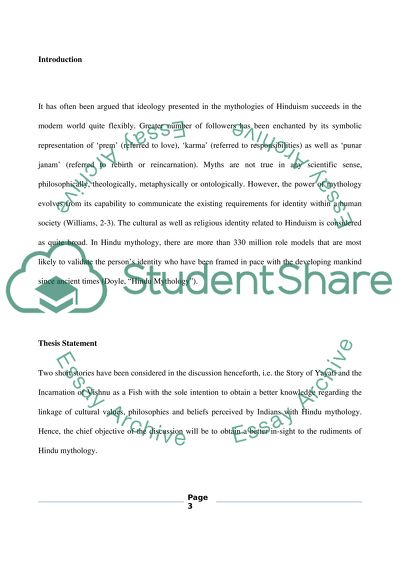Cite this document
(“Free topic Research Paper Example | Topics and Well Written Essays - 1500 words”, n.d.)
Retrieved from https://studentshare.org/history/1460946-free-topic
Retrieved from https://studentshare.org/history/1460946-free-topic
(Free Topic Research Paper Example | Topics and Well Written Essays - 1500 Words)
https://studentshare.org/history/1460946-free-topic.
https://studentshare.org/history/1460946-free-topic.
“Free Topic Research Paper Example | Topics and Well Written Essays - 1500 Words”, n.d. https://studentshare.org/history/1460946-free-topic.


